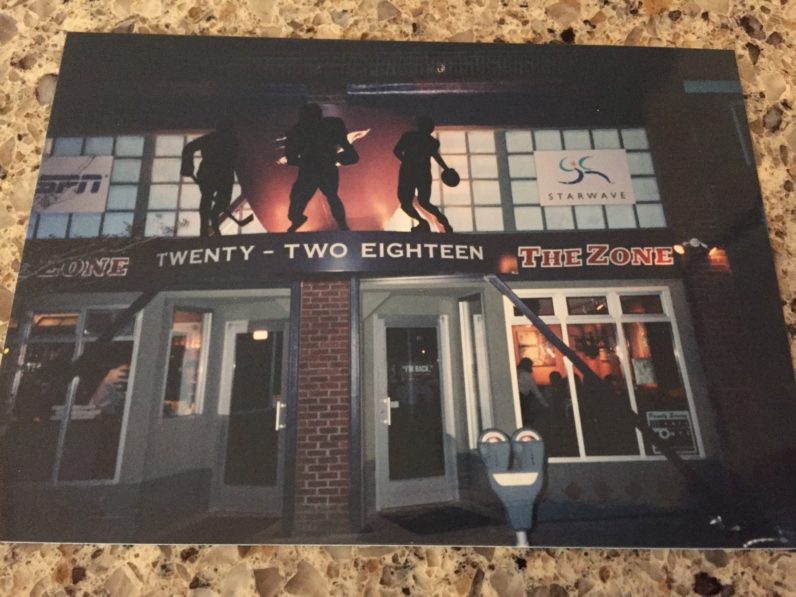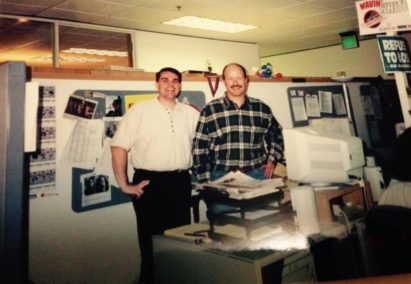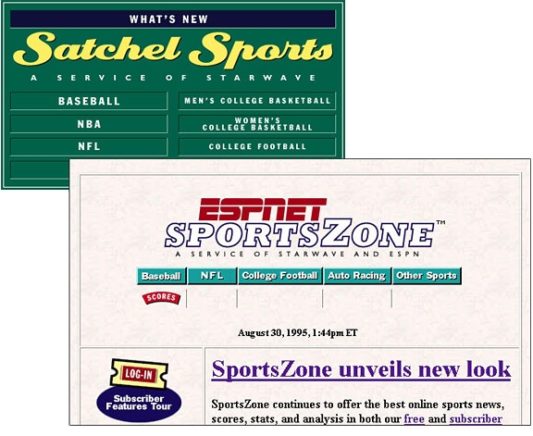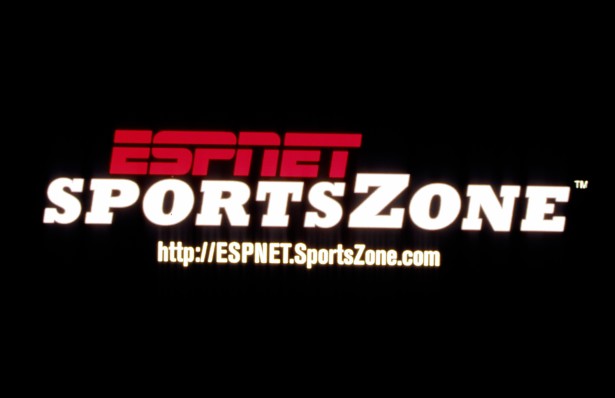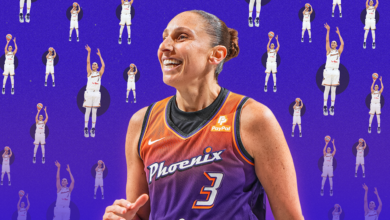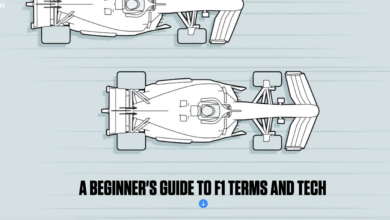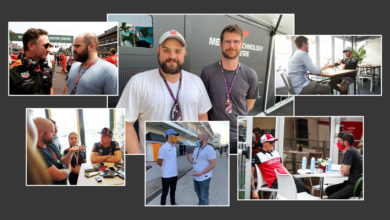Starwave & ESPN: A partnership that built ESPN.com’s future
Editor’s Note: In celebrating its 20th anniversary, ESPN.com unveils its new site on Wednesday, April 1. It’s the first major makeover of ESPN.com in more than five years and it is completely rebuilt from the ground, up. This week, Front Row presents discussions with ESPN.com’s leaders past and present exploring the sports news and information site’s growth.
What have been the most important developments (or setbacks) – since ESPN.com’s start in 1995 that shaped the way sports, digital media and technology intersect? And what will shape the next 20 years?
ESPN Executive Vice President and CTO, Aaron LaBerge and former Starwave CEO Mike Slade answer those questions.
LaBerge: “In the history of online sports, few things have been more impactful than the development and proliferation of high-speed wired and wireless Internet access. These services singlehandedly turned online video into a reality. The fact that today we can stream pristine, broadcast quality video to wireless devices around the globe would have seemed impossible in 1995. Smartphones will continue to revolutionize computing, content creation and consumption. Everyone on the planet will have a supercomputer in their pocket. A computer that will be hundreds of times more powerful than today’s PCs and game consoles. A computer that replaces your wallet, that you take everywhere, that contains biometric sensors and the highest resolution cameras. We can only imagine what new behaviors will emerge when every person has this power at their fingertips, all the time. But it certainly will change how content is created and distributed.”
Slade: “Always-on/always-connected is the most important thing – particularly since the rise of the iPhone and the habituation of second screen behavior. Consumers now expect to know everything instantly. SportsCenter as a Broadway musical with a stirring conclusion is an old notion. Second is the rise of video. It was unimaginable in 1995 that you could stream video to a mobile phone. Pretty soon video will probably become the dominant form of sports content people consume interactively. The rise of personal live streaming (please read “Super Sad True Love Story” by Gary Shteyngart) will radically affect people’s behavior. Today you have a rudimentary form of it with SnapChat and with textual live updates from Twitter. People will become self-reporters and this will have crazy implications in an always-on, always-connected world.”
Before there was ESPN.com, there was Starwave – the Paul Allen-backed technology company in Seattle. It was through a partnership between Starwave, ESPN and Disney that the first ESPNNET SportsZone came to life.
Mike Slade, now a partner at Second Avenue Partners, was then-CEO of Starwave. On the team he assembled were Geoff Reiss (who went on to ESPN, Twitter, Newsweek, Professional Bowlers Association) and, later, Aaron LaBerge (ESPN, Executive Vice President and CTO). Their leading collaborator at ESPN was Dick Glover, then-Executive VP, ESPN Enterprises (now, CEO of FunnyOrDie.com).
“It was inherently obvious to me (and my team) as early as 1993 that what sports fans needed was an always-on, interactive newspaper with an ‘unlimited’ news hole,” says Slade. “What stands out most [about Starwave] is the culture and the people. The culture derived out of my fantasy to make work fun.”
Reiss agrees.
“My overarching memory is how incredible the culture was. We had a combination of scarily smart people from disparate backgrounds that, for the most part, meshed really well. Doing lots of things that hadn’t been done before was a bit of a drug and served to keep pushing us individually and as a team.”
Adds LaBerge: “We literally had physicists, designers, mathematicians, engineers, historians, rocket scientists — all bringing a different perspective to the problems we were trying to solve.”
And there were plenty of problems to solve.
“Starwave built platforms out of necessity because they didn’t exist,” LaBerge said.
That included creating first-of-their kind caching and ad servers, content management systems, registration, commerce engines, Java-based application servers, and more.
“It was very exciting to literally create the future,” says Glover, whose job was to lead ESPN’s side of the partnership with Starwave.
“Starwave was a hard-charging, competitive, smart, fun culture. Not unlike ESPN, which is why the partnership worked. [They] were not without confidence. They knew they were good at what they did and were ahead of their larger competitors. At they same time, they were totally respectful of ESPN and quickly accepted a spirit of camaraderie and collaboration.”
To Slade, it ultimately worked because of “Paul Allen’s patience, the ability and desire to create a non-threatening partnership model [between Starwave and ESPN], and our unchanging strategy – ‘get out ahead and run like hell.’”
It turns out, it evolved into the world’s leading digital sports portfolio.
